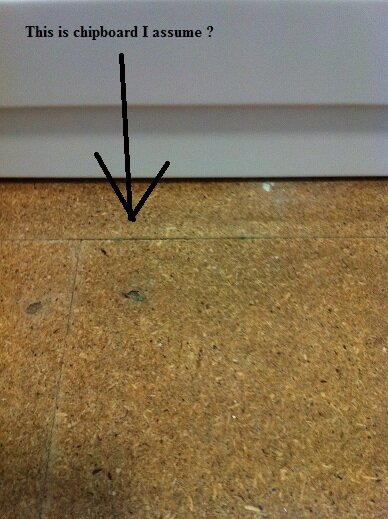K
kevg
some of the floors I'll be tiling in my new home are ply. After a trip to tile Giant today I was advised that I wont need backer board to lay on top of the ply, just use mapei proflex then tile on top.
I'm certainly not an expert and from what I have been reading and the advise I got from this forum, it made me pretty nervous as I thought I knew what I needed.
I had planned to get some hardie backer and my adhesive would be a mix of keraflex with latext plus.
Is there more than one way to tile onto ply ? Have I been given the correct advice but can choose either the tile giant way or the way I was planning myself ?
I'm certainly not an expert and from what I have been reading and the advise I got from this forum, it made me pretty nervous as I thought I knew what I needed.
I had planned to get some hardie backer and my adhesive would be a mix of keraflex with latext plus.
Is there more than one way to tile onto ply ? Have I been given the correct advice but can choose either the tile giant way or the way I was planning myself ?

